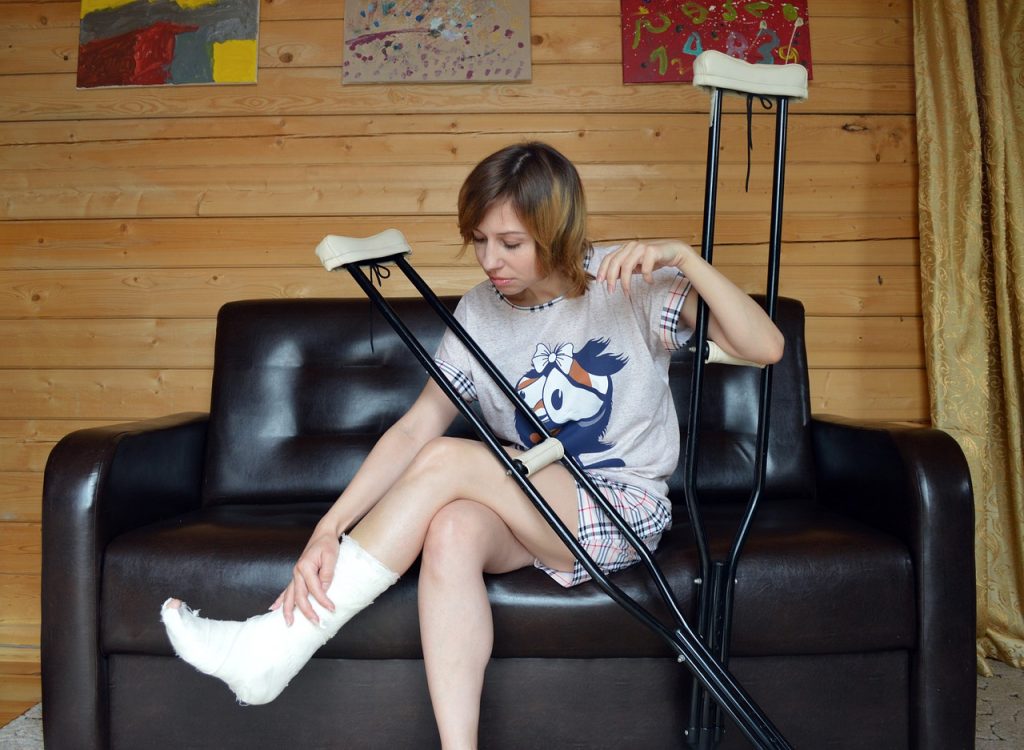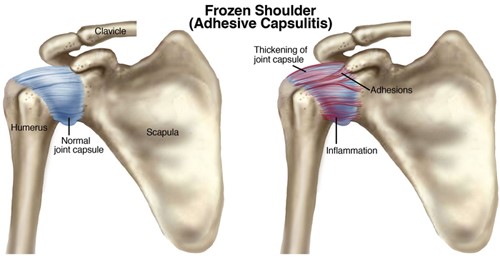If you have a fracture, it means you have broken a bone. Fractures are common injuries and they can happen to people of all ages, from the very young to the very old. Common areas where fractures happen include shoulder, spinal vertebrae, elbow, wrist, knees and ankle. Majority of fractures occur with trauma to the bone – either from a fall or a blunt force.
How do you know that you have a fracture?
Most people can usually feel that they have broken a bone because the signs and symptoms can be very obvious. These include:
- Swelling or bruising over a bone
- Deformity around the injury area, such as arm or leg
- Pain that gets worse with any movement or added pressure
- Inability to put any weight through the joint
- Protruding bone through the skin (in the case of open fractures)
Is it always obvious that you have a fracture?
In some cases, fractures are less obvious. For example, some ankle fractures may look a lot like ankle sprains. The patient may not even know that it was a fracture until it shows up on an X-ray. Similarly, fractures through the spine may feel a lot like back pain initially. This is due to the structural make-up of the spine. However, one of the most key features of a spinal fracture is that it occurs after some sort of trauma, most commonly a fall. Therefore, if there is a traumatic event reported, it is important for the physiotherapist to to rule out any potential spinal fracture by doing a thorough assessment.
Are some people more prone to fractures compared to others?
Yes! For most people, fractures happen after a traumatic event and it takes quite a bit of force to break a bone. However, for people who have osteoporosis, fractures can happen with very minor stumbles or movements.
What is osteoporosis? It’s a medical condition where the bones become fragile or brittle from loss of bone tissue. Fractures associated with osteoporosis are called fragility fractures and they occur due to the weakness of the bone itself. For a person with this medical condition, their bones can be injured with traumas that would not normally affect the average person. If someone presents with back pain and they have had trauma, even a minor one, the therapist has to ask whether they have osteoporosis to rule out potential fragility fractures.
How are fractures diagnosed?
Whenever there is a suspicion of a fracture, X-rays are necessary to confirm the presence of the fracture. The x-ray will also show the exact location and severity of the fracture. However, in some cases, an X-ray may not be sensitive enough to show the fracture. In these situations, more sensitive tests like a CT, MRI or bone scan will be better options.
Are all fractures the same?
No, fractures are not all the same. In fact, there are 4 main classifications:
- Displaced – the bone snaps into 2 or more parts and moves so that the two ends are not lined up straight.
- Non-displaced – the bone breaks partly or all the way through, but the ends remain lined up
- Closed – bone breaks but there is no puncture wound in the skin
- Open – bone breaks through the skin
There are also 7 different types of fractures to describe the specific nature of the break:
- Greenstick – incomplete fracture, where the broken bone is not completely separated
- Transverse – the break is in a straight line across the bone
- Spiral – the break spirals around the bone, common in a twisting injury
- Oblique – the break is in a diagonal line across the bone
- Compression – the bone is crushed, causing the broken bone to be wider or flatter in appearance
- Comminuted – the break is in three or more pieces
- Segmental – the same bone is fractured in two places, so there is a ‘floating’ segment of bone
Moreover, if you wish to know more about fractures and their types visit the here, https://www.webmd.comFra/a-to-z-guides/understanding-fractures-symptoms
What is the treatment for fractures?
The medical treatment for fractures depends on the type of fracture. The fractured ends of the bone must be set in their proper place and held there for the bone to heal properly. This process is called reduction. Most fractures are repositioned without the need for surgery. This is called closed reduction. Once the bones are in proper position, the joint will be in a cast so that the bones can heal. The length of casting is usually 6 weeks because that is how long it typically takes the fractured bones to heal. However, there are circumstances where the period of immobilization may be either shorter or longer depending on the nature of the fracture.
In contrast, open reduction is done for fractures that are more complicated. In these cases, the repositioning of the bones is done during surgery. The surgeon will use screws and or plates to keep the bone fragments in proper position to allow for healing. Just like with closed reductions, there will be a period of immobilization after open reduction surgery. Furthermore, depending on the fracture and the needs of the patient, the hardware may either be left in permanently or taken out with another surgery once the fractured bone has completely healed.
There are however some fractures that cannot be effectively immobilized such as spinal and rib fractures. For these types of fractures, the affected area is protected with avoiding certain activities or postures.
How long does it take for a fracture to heal?
Most uncomplicated fractures take approximately 6 weeks for the bones to heal. Although medically, the injury would have healed, functionally there may still be a lot of limitations. For fractures that are more complicated and required surgery, the healing times may be a little longer due the surgery. There are also some people who will heal at a slower rate because of various health conditions or medication use.
What happens after the cast is taken off?
Once the fracture itself is healed, there may still be some remaining limitations from the injury. Because the fracture would have been immobilized for several weeks, there will a significant loss of range of motion and strength in the affected joint. Physiotherapy is an important part of your recovery. A Registered Physiotherapist can help you recover all your function after your fracture. It is important to follow up with physiotherapy to make sure that you can safely return to all your previous activities. A registered physiotherapist will assess the limitations and prescribe the necessary range of motion and strengthening exercises and get patients back to their expected quality of life. The physiotherapist may also use manual stretches and mobilizations to help improve your mobility.
Do not let your fracture hold you back from living your life. Call PhysioNow today to book your appointment to see a Registered Physiotherapist!




